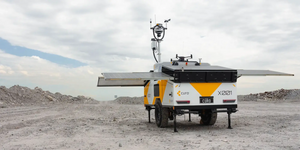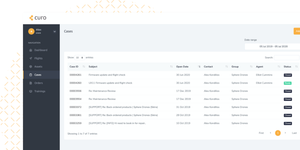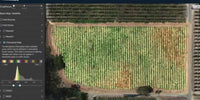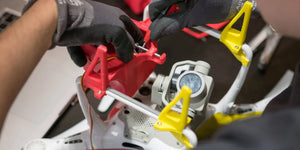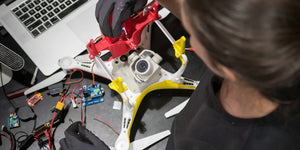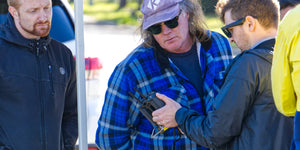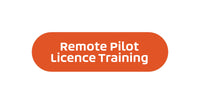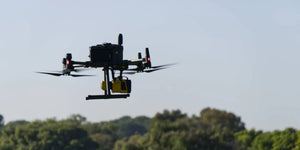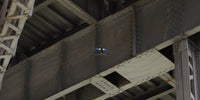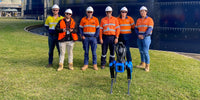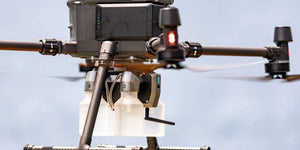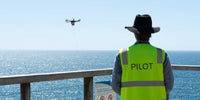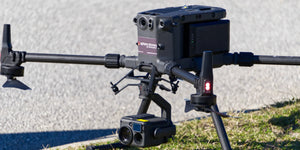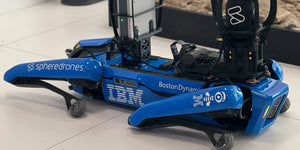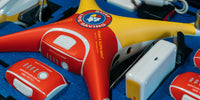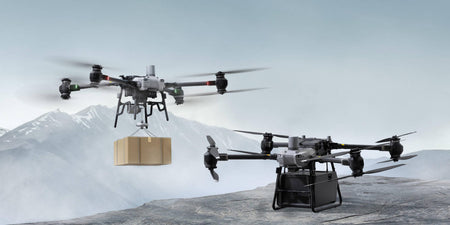Scientists and researchers have turned to DJI drones to help count penguin numbers at the South Pole. The drones have been able to dramatically speed up the process and make it more accurate than before.
The old way
Penguin numbers have been counted for many years now, allowing scientists to understand population numbers and the possible causes for a decrease or increase in numbers. To count penguins used to tag individual penguins, about 1,000 in the whole colony.
They would then come back every year and try to locate the 1,000 tagged penguins. Whether or not they can find them during a particular year would give them a rough estimate of numbers that could then be scaled up to the rest of the population. While you can figure out why this wasn’t the best way to go about it, it was really the only option as helicopters are too expensive and aren’t allowed to fly low to the ground.
The drone way
Using drones for penguin counting started when Biologist Annie Schmidt met Mac Schwager, the assistant professor of aeronautics and astronautics at Standford. Annie began sharing how hard it was to count the penguins, which resulted in the pair writing a grant proposal to the National Science Foundation, which agreed to fund the project.
At the time, the most suitable drone for the job was the DJI Matrice 100. The team ordered five of them for the job. Now that the platform was chosen and fit the speed requirements due to weather conditions and cold temperatures, the team needed to count the penguins automatically.
This is where the path planning algorithm by Kunal Shah comes into play. The drones stay at a fixed distance from the ground and capture images in a grid pattern, going up and down with the terrain to get the best images possible. The algorithm also figures out the number of photos that need to be captured. The landscape was separated into various sectors that allowed multiple drones to be in the air at once, speeding the process even more.
From the images captured, an AI system detects all of the penguins and begins to count them. Each drone takes around 2,000 to 3,000 photos making the process long if done manually but fairly quick when done with a computer. All of this has allowed the whole process to take three hours, compared to the two days it used to take.
